Now comes: Project Based Education”
Does it have a familiar ring? Remember the failed “Outcome Based Education?”
Editor note: This appears to be a new education WAVE. Is it another experimental fad that will come and probably go, as have so many other new educational waves? Will it fail and leave the children in the lurch? See what you think…..

Experts stress project-based learning for all-day kindergarten
WAVE AFTER WAVE AFTER WAVE OF EXPERIMENTS ON THE CHILDREN 
As a former kindergarten teacher at a Title I school, Katie Benson said a majority of her students came from high-poverty households. So, when snack time rolled around, most didn’t have healthy options – or know about them.
“The kids didn’t know what are healthy foods or where to get them,” Benson, who now works at Ball State University in its early childhood, youth and family studies department, told a room of attendees at the annual National Association for the Education of Young Children (NAEYC) conference in Washington, D.C. “They didn’t know what these foods were called.”
At the time, Benson’s elementary school in Columbus, Indiana, was starting to infuse more project-based learning (PBL) into the curriculum. And after discovering her students’ unfamiliarity with healthy food options, Benson knew she had her classroom’s next project.
First, Benson had to figure out where the class stood on healthy food options. Together, the group made an “I wonder” chart, asking questions like, “Do we want to eat vegetables? What foods are healthy? Where do we get them?”
By the end, each student was equipped with an arsenal of healthy options.
“They were so proud, just giving [other students] the food and smiling to their classmates about what they’d made,” Benson said.
Planning, implementing and concluding:
Benson’s example of PBL follows a three-phase structure – planning, implementing and concluding.
Before starting a project, teachers should use classroom discussion to set the stage for success, Haslip said. Figuring out what students already know, what they hope to learn and what they’re curious about make way for a better outcome, he added.
After the planning stage, giving kids the opportunity to investigate, do fieldwork and conduct research lets them find some answers on their own. It all leads up to what Haslip called “the culminating event” – students presenting their work and findings to their peers, parents or other members of the school community.
It’s this kind of hands-on learning that’s been proven to get kids more excitedabout school.
“Projects are motivating for kids. Because these lessons are emotionally engaging, children are likely to remember what they’re learning.” 
An educational wave that began 42 years ago, proved very successful, and is still going strong is the Alpha-Phonics phonics reading instruction program. It has successfully been used to teach tens of thousands of children how to be good readers, most of them taught by their Mom!
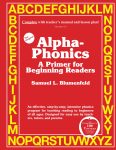
A-P C-S Dec 15
LEARN MORE ABOUT ALPHA-PHONICS
Our MISSION is to provide the most effective, simplest
and least expensive 3 R’s teaching materials.
Please note the BLACK Horizontal BAR at the top
of his Post. You can click to access many sources
of information about our Homeschool resources
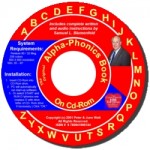
Alpha-Phonics the Book on CDRom
for teaching the Three R’s. There is almost 20
hours of free videos to view including the “24
Reasons to Homeschool.” You can also Like us on
Facebook. Thanks!

 Alpha-Phonics
Alpha-Phonics The Alphabet Song!
The Alphabet Song! Water on the Floor
Water on the Floor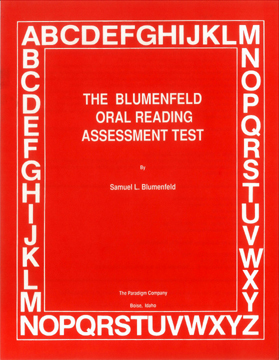 Blumenfeld Oral Reading Assessment Test
Blumenfeld Oral Reading Assessment Test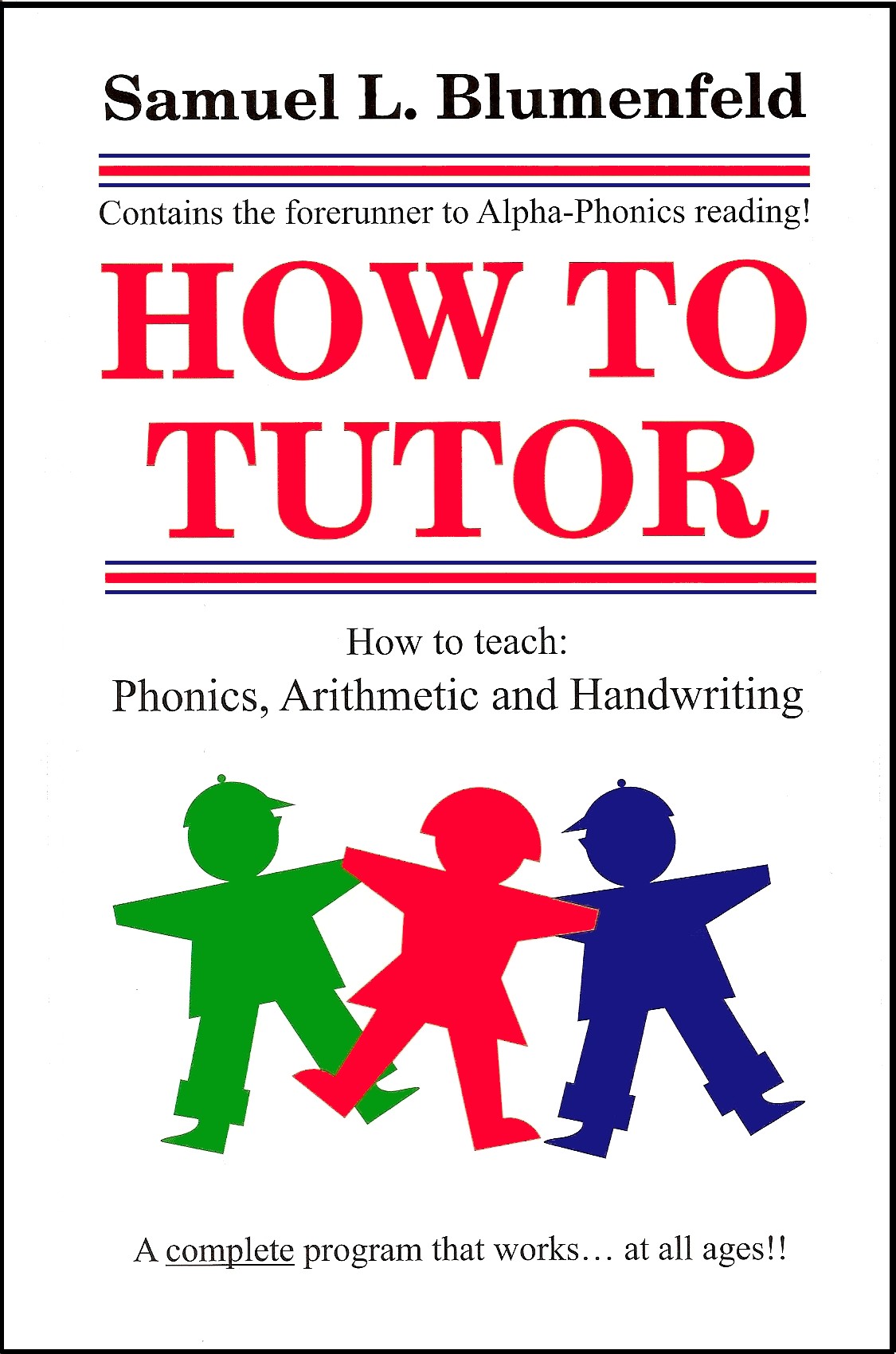 How To Tutor
How To Tutor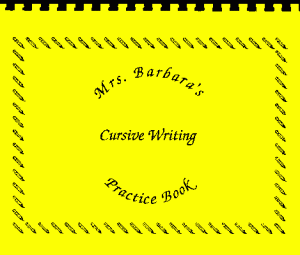 How To Tutor Cursive Handwriting Workbook
How To Tutor Cursive Handwriting Workbook